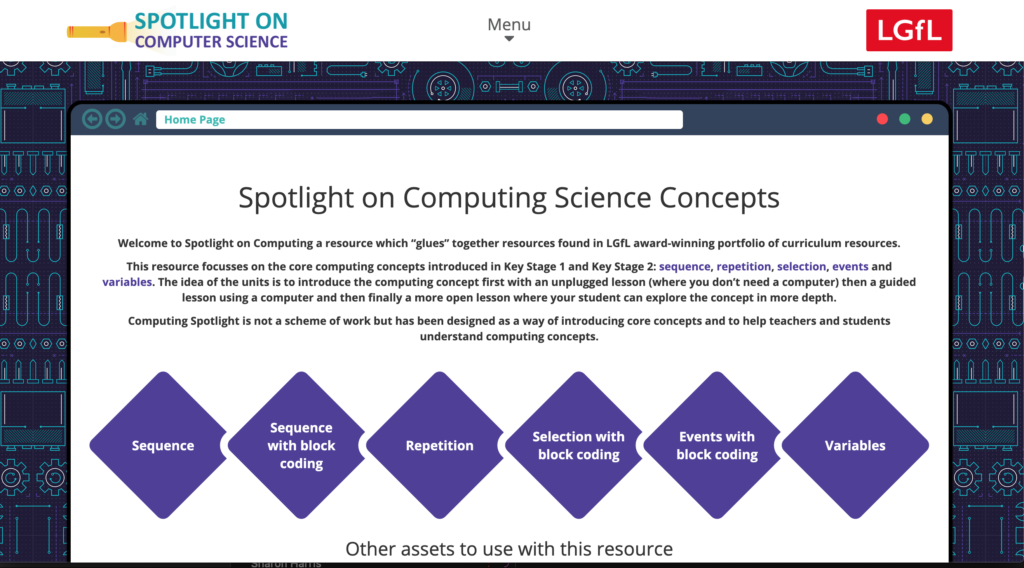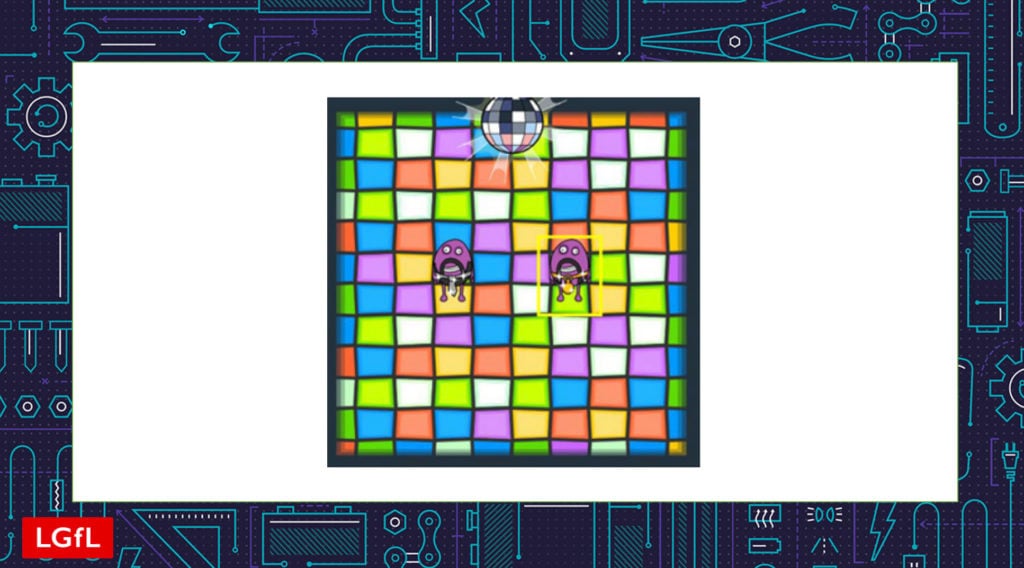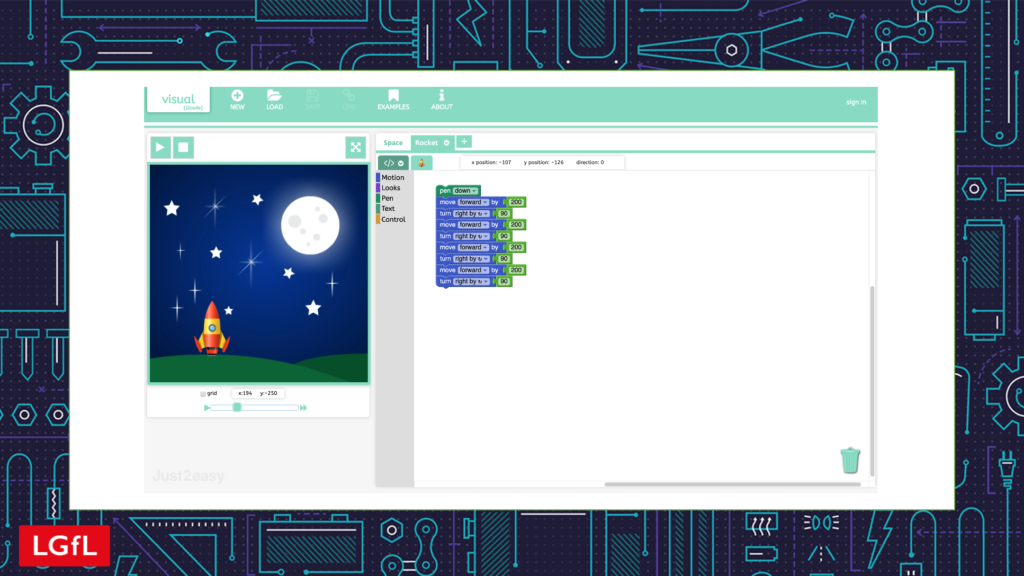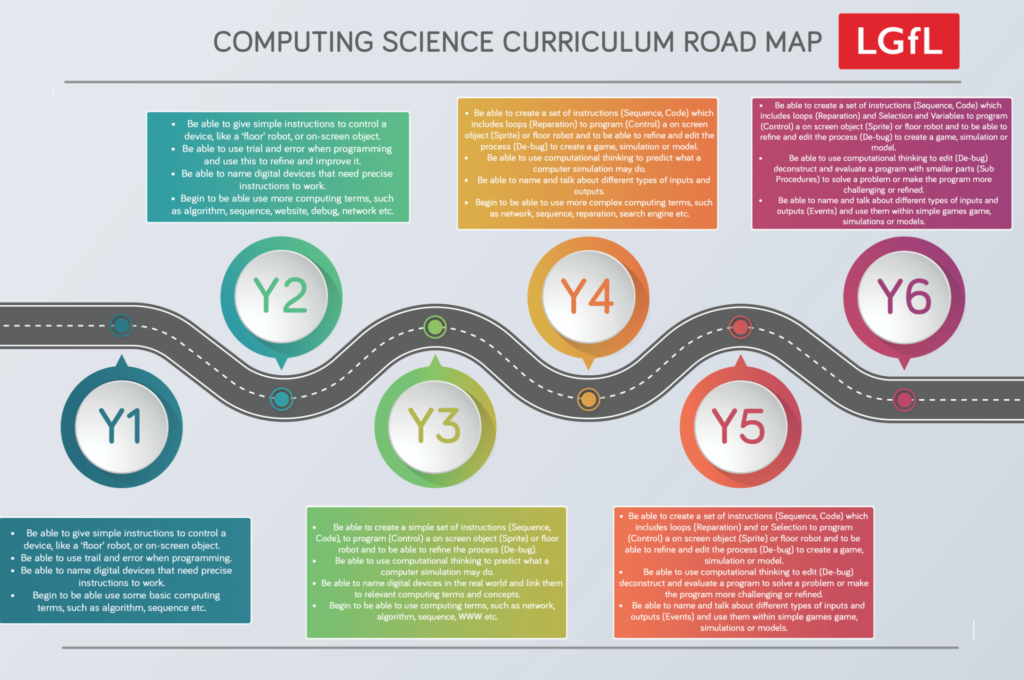Curriculum Blog
New Computing Support
As a Learning Resource Consultant alongside my general responsibilities, I also have the role of leading computing for LGfL. Many computing subject leaders tell me they need more support in getting Computer Science into an already bursting timetable, need support with upskilling teachers skills and more help with providing resources that support teachers understanding of the computing curriculum. In this blog, I am very happy to provide two new resources that have been designed to support computing leaders and the subject of computing in primary schools.
Firstly, we have Spotlight on Computing a resource which “glues” together resources found in the Energise LGfL award-winning portfolio of curriculum resources. Computing Spotlight is not a scheme of work but has been designed as a way of introducing core concepts and to help teachers and students understand the basics of computing with simple to follow lessons.
This resource focusses on the core computing concepts introduced in Key Stage 1 and Key Stage 2: Sequence, Repetition, Selection, Events and Variables. Each unit has three lessons made in Powerpoint and provides an idea to form a fourth lesson.
The idea of each of these units is to introduce the computing concept first with an unplugged lesson. Unplugged coding aims to teach programming concepts through the use of games or activities that can be done offline using tangible objects, such as paper and marker pens. The activities allow children to participate in kinesthetic opportunities that help them relate the concepts they are learning in their own lives.

The next part is a guided lesson using a computer and focuses on using Busy Code found in Busy Things The students are introduced to coding and taught the fundamentals of how to create, run and debug simple programs. In other words, they can have lots of fun making Busy Things' Beard Man walk and dance!

Code Disco is a great way for children to learn coding basics through to repeat loops, conditionals, events and variables. The programs are built by linking simple blocks together, with an easy to use drag and drop feature.
The lessons are broken down into three parts and are scaffolded, supportive and perfect for beginners to block coding.
Tutorials – simple and fun - introducing new programming concepts step by step.
Challenges – children are given problems to solve using the concepts that have been introduced in the tutorials.
Projects – open-ended tasks that let children experiment with the concepts they have learnt; allowing them to be creative and see how the changes they make can alter the program.
The third part of the unit is a more open lesson where your students can explore the computing concept in more depth using the J2e Toolsuite coding platform j2code. This award-winning coding resource offers four differentiated platforms; within Spotlight on Computing we focus on two parts of the j2code platform:

JIT Turtle is aimed at the youngest learners and starts to introduce all of the important concepts of programming and is used in the first lesson in the Computing Spotlight. Pupils begin by simply clicking an on-screen turtle or sprite to move it, turn it or put a pen up or down. As well as moving the sprite it builds up a simple program as a series of commands in a separate window. As a user becomes more confident they can move to an advanced mode where the turtle does not perform the actions until the program is run. This is a perfect compliment to motorised floor turtles or other activities
Visual - The Visual programming language is a familiar, block-based programming tool. Starting with the simplest of programs, pupils can progress to a high level of sophistication which will keep them engaged and motivated. There are three differentiated levels which enable pupils to work independently without unnecessary clutter and distraction of script that they do not understand or need.
In Spotlight at the end of each unit, I have added an extension activity for students to continue to use the particular computing concepts for another lesson which can link to other areas of the curriculum. For example, using Visual and the concepts of inputs in j2code to create an interactive water cycle.
Not only does Computing Spotlight provide you with eighteen lessons to support with the teaching of computing but I have also listened to what computing leaders need and want within their roles and added a computing skills road map (in two formats) and a computing subject intention statement.

I am also very happy to say our Computing Resource centre is also now online. This page is designed to help computing leaders by showcasing how LGfL resources support the computing curriculum; breaking down our award-winning content into the computing stands of Computer Science, Information Technology and Digital Literacy.

In the resource centre, you will also see a link to other organisations that are passionate about supporting computer leaders and the subject of computing, all of the external links provide outstanding support that is free to use and highly recommended by me.

I know how hard it can be to keep up to date with current computing research so I have added a section in the computing resource centre that showcases research reports that will help build a better understanding of the current climate of computing.

Finally, I have added a video section which showcases the cream of the crop of videos from LGfL TV with videos from our curriculum conferences that hopefully will inspire you to think about computing in a different way.

I really do hope that you find our latest computing update useful and do please remember, if you need any support with our learning content you can contact the Inspire Team by emailing contentsupport@lgfl.net or contact the LGfL Switchboard: 020 82 555 555.
Also, visit coronavirus.lgfl.net which is continually updated with advice and support during the partial school closures.
If you do use any LGfL content in your school to inspire your students do let us know by posting them on LGfL’s Twitter page or Facebook page.
